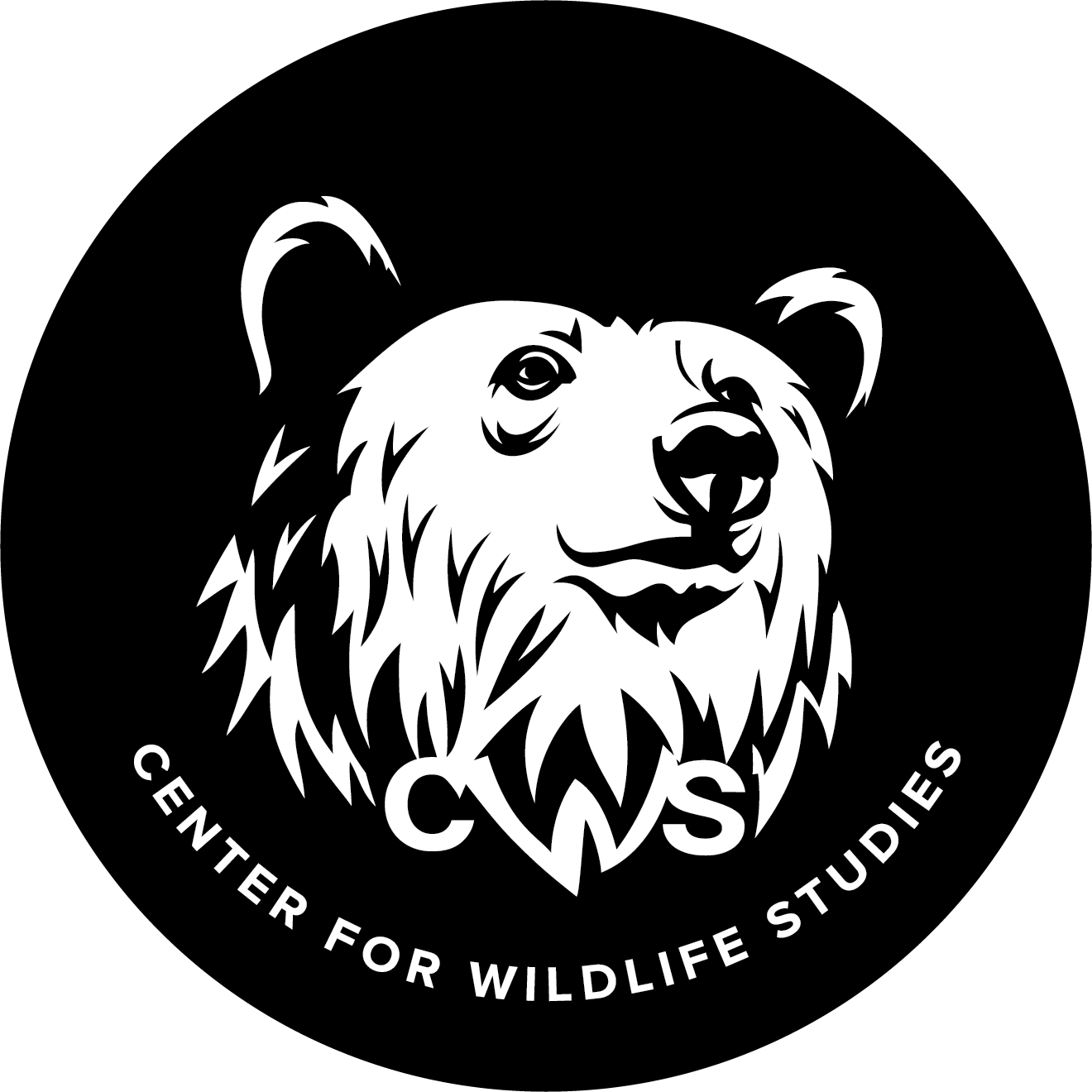EAGLE EYE VIEW: Geospatial Analysis with Google Earth Engine
Wednesday, August 13 at 5:30 p.m. EST
Luke McDonald, Ph.D., Instructor, Center for Wildlife Studies.
Presentation Summary
In the era of big data, access to large-scale geospatial data can be a powerful tool for connecting field-based data with remotely sensed datasets. Google Earth Engine (GEE) is one platform for managing worldwide scale datasets. Using GEE with Python allows us to create programs that can document the entire process of data acquisition, data transformation, and model development in one programming language.
Join us to learn how GEE and Python can be used in conjunction to download, transform, describe, and map remotely sensed datasets for biostatistics. Dr. Luke McDonald will discuss how research biologists at CWS and Wrangle-St. Elias National Park in Alaska used these advanced tools with the Dynamic World dataset to explore bald eagle foraging conditions and draw inferences on eagle nest productivity.
Looking to Learn More?
Check out Dr. McDonald’s course on Geospatial Analysis with Google Earth Engine here.
Presenter Bio
Dr. McDonald is a wildlife biologist leveraging remote sensing and GIS to study how humans and animals interact with each other as they navigate the landscape. His graduate research focused on understanding how moose navigate the road system in Alaska to aid the mitigation of moose-vehicle collisions. He combines on-the-ground data, like drone photography, GPS transmitters, or vegetation surveys, with satellite derived data or metrics to answer questions about animal movement behavior and resource selection.
Dr. McDonald is Adjunct Faculty at Utah State University, where he instructs Python Programming for GIS and Advanced GIS. He has also recently joined the team at CWS and will offer his new course, Geospatial Analysis with Google Earth Engine, beginning October 2025.


